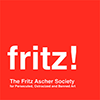Modernism
-
-
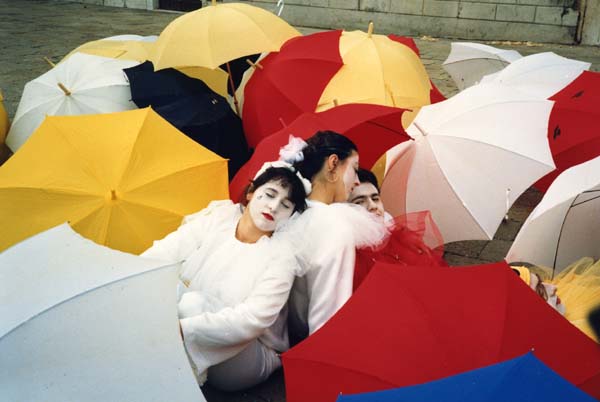
DOROTHY BOHM (1924-2023): A WORLD OBSERVED
ONLINE VA, United States
Lecture by Monica Bohm-Duchen, London (UK)Dorothy Bohm was born Dorothea Israelit in Königsberg, East Prussia (now Kaliningrad, Russia) in 1924 into an assimilated, affluent and cultured Jewish milieu. In 1932 her father chose to move the family to Memel (now Klaipeda) in Lithuania, but following the Nazi occupation of Memelland in March 1939, her parents decided to send their daughter, aged 14, to the safety of England, where she arrived in June 1939. She wasn’t to see her parents and sister again for over twenty years. Image above (appears as detail): Dorothy Bohm, Venice Carnival, 1987 © Dorothy Bohm Archive Dorothy Bohm, Self-Portrait, 1942, age 18. © Dorothy Bohm Archive Dorothy Bohm, Ascona, 1948. © Dorothy Bohm Archive [...]
Free -
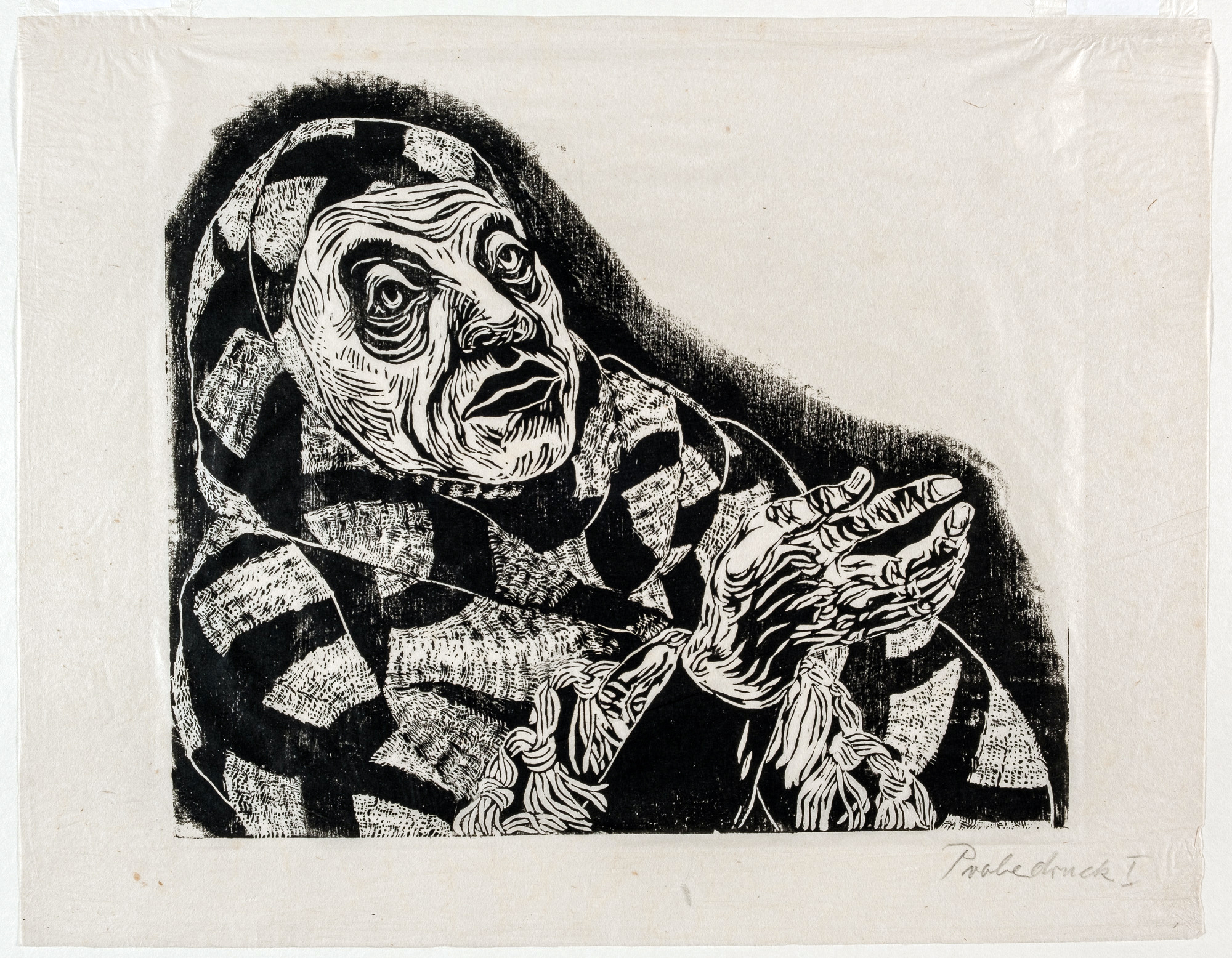
“Sweet Kitsch, I can’t do that.”
ONLINE VA, United States
Maria Luiko (1904-1941)
With Wolfram P. Kastner and Mascha Erbelding, both Munich (Germany)The artistic work of Maria Luiko (1904-1941), born Marie Luise Kohn in Munich, is characterized by an impressive diversity. In addition to drawings, watercolors and oil paintings, she created prints using various printing processes and paper cuts, and designed book illustrations, stage sets and marionettes. Already during her studies at the local Academy of Fine Arts and her training at the School of Applied Arts she was included in exhibitions in the Munich Glass Palace (Münchner Glaspalast). Her career was brutally cut short by the Nazi regime. As a Jew, Luiko was not able to join the Reich Chamber of Fine Arts (Reichskammer der bildenden Künste), a Nazi organization founded in 1933. Without membership, she could not obtain work materials, [...]
Free -
-
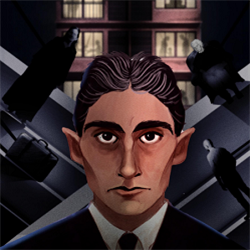
World Premiere: Kafka’s Last Trial
Marlene Meyerson JCC Manhattan 334 Amsterdam Ave, New York, NY, United States
Screening at Marlene Meyerson JCC ManhattanScreening followed by Q+A with director Eliran Peled, writer Daphne Merkin, and author Benjamin Balint. Film and screening offered in partnership with the New York Jewish Week. Co-sponsored by Fritz Ascher Society for Persecuted, Ostracized and Banned Art. Upon his death in 1924, the great Czech-Austrian novelist Franz Kafka left behind a rich collection of unpublished manuscripts, with instructions to his friend Max Brod to burn them all. Thanks to Brod’s failure to fulfill Kafka’s wishes, the world has come to know one of the great writers of the 20th century. Now, 100 years after his death, the film “Kafka’s Last Trial” tells the story of this altruistic betrayal and the multi-generational effort to preserve Kafka’s literary legacy. Based on [...]
$36.00 -

Behind the Glass: The Villa Tugendhat and Its Family
ONLINE VA, United States
A book talk by Michael Lambek, Toronto (Canada)In this book talk, Michael Lambek follows the intertwined history of Mies van der Rohe’s iconic Villa Tugendhat and the family who inhabited it from 1930-1938. Part memoir, part social history, the book traces the family from its origins in a Jewish ghetto to the present day, focussing on the author’s maternal grandmother, Grete Tugendhat who commissioned and championed the house, which is now a World Heritage Site in Brno, Czechia. Image above: Ludwig Mies van der Rohe, Villa Tugendhat, Brno (Czechia), photo David Zidlicky The Villa Tugendhat, designed by Mies van der Rohe in 1929, is an icon of architectural modernism in Brno, Czechia. It was also a family home. [...]
Free -
-
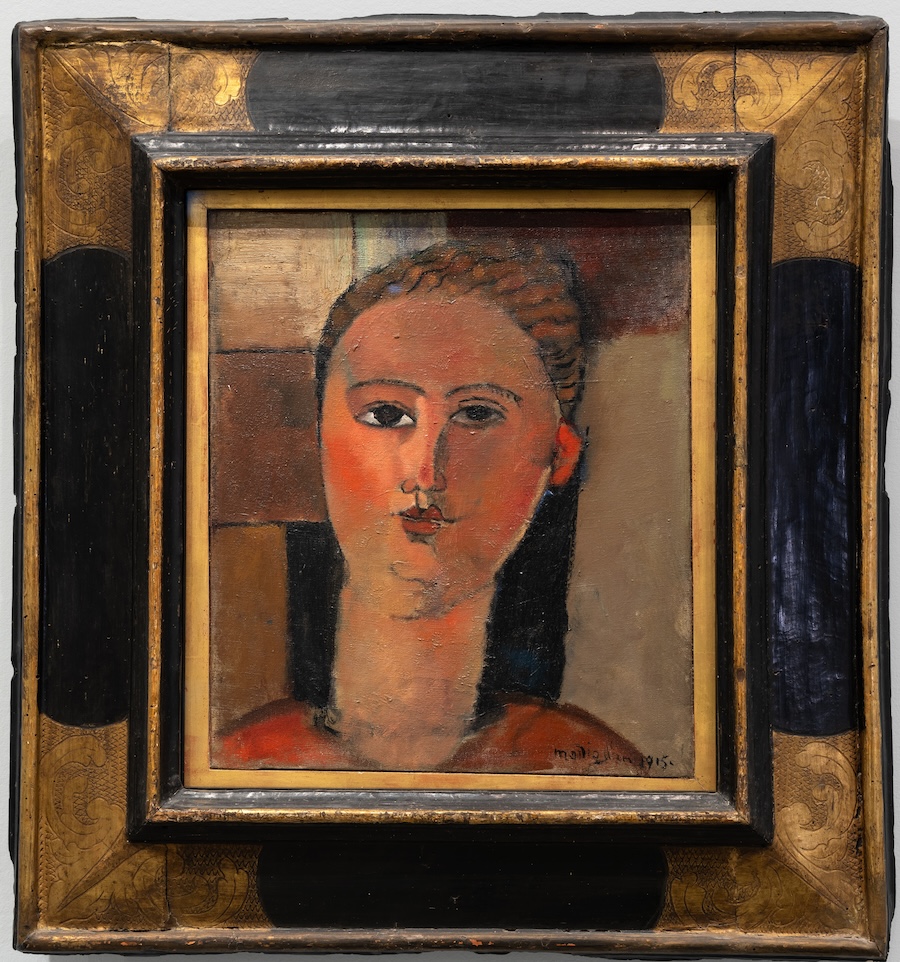
Making Way for Berthe Weill—
ONLINE VA, United States
Art Dealer of the Parisian Avant-Garde
A presentation by Lynn Gumpert, New YorkBerthe Weill was a trailblazing art dealer who exhibited works by emerging artists in her Parisian gallery from 1901 to 1941. Even though many of them went on to become key avant-garde figures, Weill’s role has been omitted from most historical accounts of 20th-century modernism. In this presentation, Lynn Gumpert, a co-curator of the first exhibition on Weill, provides an overview of this remarkable woman. Image above: Amedeo Modigliani, Fille rousse (Girl with red hair), c. 1915. Oil on canvas, 16 x 14 3/8 in. (40.5 x 36.5 cm). Musée de l’Orangerie, Paris. Jean Walter and Paul Guillame Collection, 1960.46 © Photo: Musée de l’Orangerie / Sophie Crépy Passionate and outspoken, Weill was the [...]
Free -
-

Plunderer. The Life and Time of a Nazi Art Thief
Marlene Meyerson JCC Manhattan 334 Amsterdam Ave, New York, NY, United States
Screening followed by Q+A with producer John Friedman
Marlene Meyerson JCC Manhattan, New YorkHermann Goering’s art dealer, Bruno Lohse, prospered by selling stolen art for decades after WWII, while Jewish families struggled to regain their paintings and memories. Captured and interrogated by the Monuments Men after the war, he served a brief prison sentence. After his release, he dealt profitably in stolen art for sixty years after the war, selling to collectors, galleries, and major museums. Highlighting stories of Holocaust survivors working to reclaim their families' lost artworks, Plunderer reveals the failures of post-war justice and the continuing complicity of governments and the art trade. Screening followed by Q+A with producer John Friedman. In partnership with The Fritz Ascher Society for Persecuted, Ostracized and Banned Art. Director: Hugo Macgregor Year: 2024 Runtime: [...]
$18.00 -

Love and Betrayal. The German-Jewish artist Fritz Ascher (1893-1970)
ONLINE VA, United States
A presentation by Rachel Stern, organized by Saint Elizabeth University, Morristown (NJ)Rachel Stern will present insights into the art and life of the German-Jewish artist Fritz Ascher and the mission of The Fritz Ascher Society for Persecuted, Ostracized and Banned Art. Introduced by Richard Quinlan, Director of the Center for Holocaust and Genocide Education at Saint Elizabeth University in Morristown (NJ). Image above: Fritz Ascher, Male Portrait in Red, c. 1915. Private collection © Bianca Stock Fritz Ascher (1893-1970), a painter, graphic artist, and poet, was recommended to the art academy in Königsberg by the renown German painter Max Liebermann at the age of 16. From 1913 onwards, he gained recognition as a painter in Berlin. Ascher was a keen observer of his era; the [...]
Free -
-

Art and Conscience in a Time of Upheaval.
ONLINE VA, United States
Ben Shahn (1898-1969)
Presentation by Ori Z Soltes, Washington (DC)Georgetown University professor Ori Z Soltes will speak about Ben Shahn (1898-1969), who arrived in 1906 as a child to the United States from Tsarist-governed Lithuania. Four years after the Tsarist authorities had exiled his father to Siberia for alleged revolutionary activities, his mother managed to bring the family to New York. There they reconnected with Ben's father who had escaped from Siberia and made it to the US by way of South Africa. Image above: Ben Shahn, Detail of the Mural "The Meaning of Social Security," Wilbur J. Cohen Federal Building, Washington, D.C. Within 25 years Shahn emerged as perhaps the key figure in the developing arena of American Social [...]
Free -

“There is something mad about the art”
ONLINE VA, United States
The German-Jewish Art Dealer Alfred Flechtheim and his Heirs’ Fight for Restitution
Presentation by Journalist Michael Sontheimer, Berlin (Germany)Journalist and author Michael Sontheimer speaks about Alfred Flechtheim, who was born in 1878 in Münster as the son of a wealthy German Jewish grain dealer. He was trained as a trader but did not want to stay in the family business. As he was fascinated with art, he left his hometown and moved to Düsseldorf, where he opened a gallery in 1913. Image above: Rudolf Großmann, Alfred Flechtheim, 1922-27. Pencil, ink, and gouache on paper, 5.3 x 3.8 in. Museum für Moderne Kunst, Freiburg (Germany) G 62/008 b. After serving in the German Army during the First World War, in 1921 he opened a second gallery in Berlin, the place to be in the 1920s. [...]
Free -
-
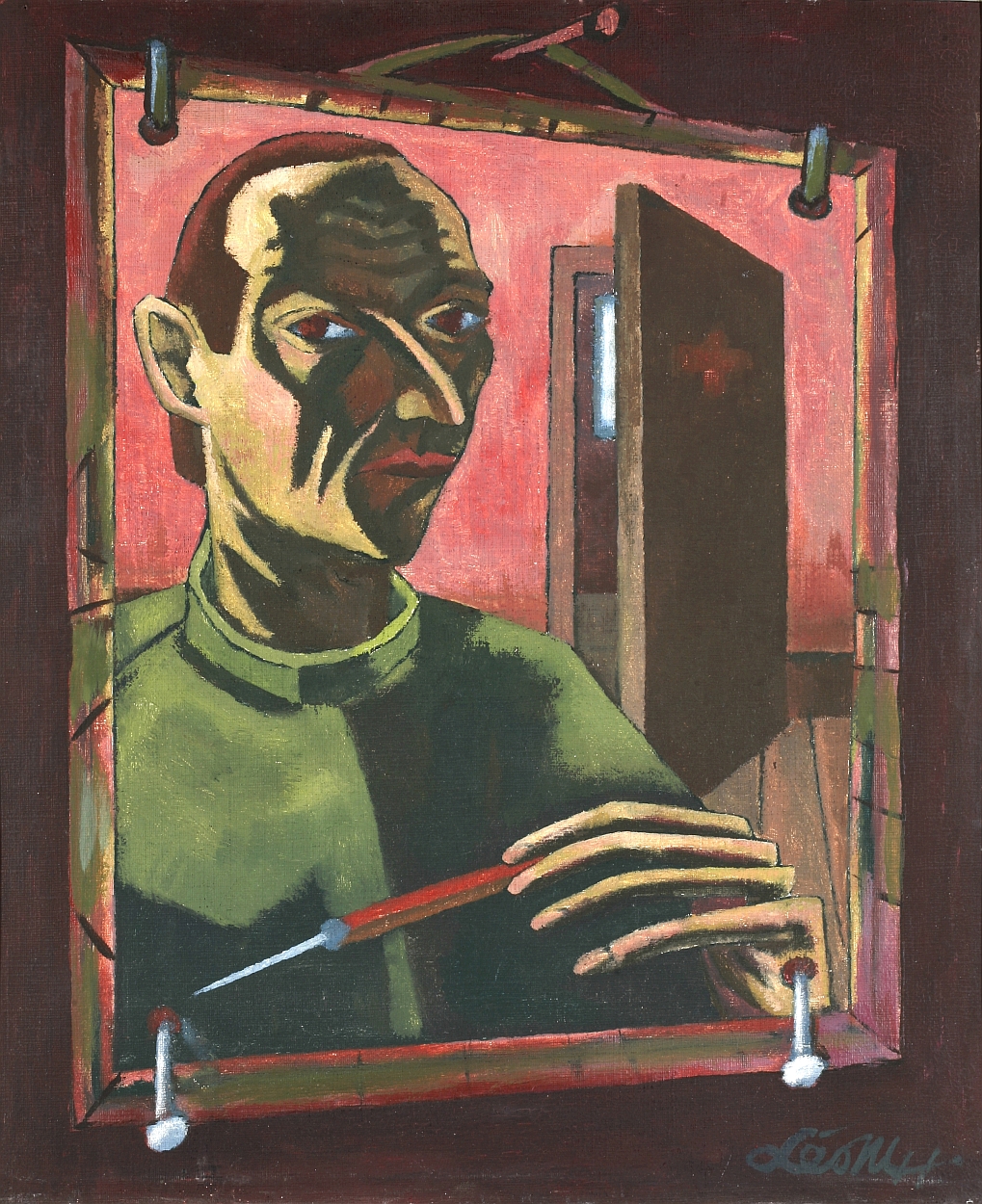
Léo Maillet (1902-1990): The Broken Mirror
ONLINE VA, United States
Presentation by Erik Riedel, Frankfurt am Main (Germany)Curator Erik Riedel presents the work of the painter and graphic artist Léo Maillet, who changed his original name Leopold Mayer in exile, reflecting the numerous fractures in his biography. Image above: Léo Maillet, Le Graveur (Self-Portrait), 1944. Oil on cardboard. Permanent loan by the Adolf und Luisa Haeuser-Stiftung für Kunst und Kulturpflege. © estate of Léo Maillet: Daniel Maillet and Nikolaus Mayer After his dramatic escape from a deportation train bound for Auschwitz, Maillet lived in the French Cévennes under a false identity from 1942 onwards. He painted and drew with the simplest of materials. Some years later, he took up the works he had created during his flight and persecution and transformed them [...]
Free
